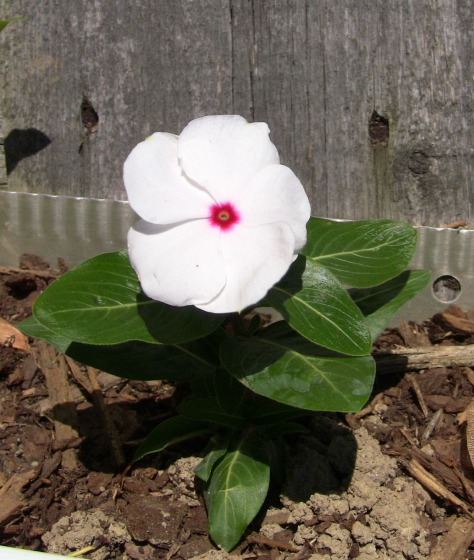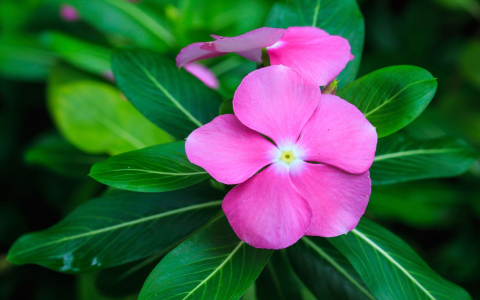So, I wanted to chat a bit about my vincas today. You know, those periwinkle groundcover plants? Mine were, for the longest time, a real disaster. I’m talking leggy, sparse, just… sad looking. I almost gave up on them entirely, thinking I just didn’t have the green thumb for ’em.
I remember this one patch by the side of the house. It got decent sun, I watered it, but it just looked stringy. Every year, I’d hope it’d fill in, and every year, disappointment. I’d see these pictures of lush vinca beds, and mine looked like a bad haircut in comparison. It was frustrating, to say the least. I was convinced I was doing something fundamentally wrong, maybe the soil, maybe the water, who knows?

Then, one spring, I was just fed up. I was out there, staring at these pathetic strands, and I thought, “Right, that’s it. I’m either fixing you or you’re going in the compost.” I didn’t have any fancy gardening books back then, and the internet was… well, let’s just say I didn’t spend hours researching plant care. I just had this gut feeling I needed to do something drastic.
The Big Chop – My First Attempt
I grabbed a pair of old, but clean, kitchen scissors. Yeah, I know, not ideal, but it’s what I had. I just started snipping. Any bits that looked too long and gangly, snip. Anything that was trailing way too far from the main plant, snip. I wasn’t very scientific about it, I’ll be honest. I just aimed to cut them back by about a third, maybe even half in some really overgrown spots. I remember thinking, “Well, I’ve either killed them for good, or this might actually work.”
I made sure to cut just above a set of leaves. I vaguely remembered someone saying that helps the plant grow back better. So, I looked for those little leaf nodes and tried to make my cuts there. It took a while, and the pile of cuttings was pretty big. My hands were sore, but there was a weird sense of satisfaction too.
The Waiting Game and What Happened Next
After the great vinca massacre, I just watered them like usual and hoped for the best. For a week or two, they looked even sadder, all stubby and bare. I was bracing myself for failure. My wife even asked if I’d declared war on the garden. But then, slowly, I started seeing new growth. Tiny little leaves started popping out, not just from the ends, but further back on the stems I’d cut.
It was like magic! The plants started to look… bushier. Instead of one long, stringy stem, I was getting two or three new shoots from near where I’d cut. It was a revelation, honestly.
My “Refined” (Ha!) Vinca Pruning Method Now
So now, I’m a bit more organized about it, but the core idea is the same. Here’s what I generally do, usually after the main flush of flowers in late spring or early summer, or anytime they start looking like they need a good talking to:
- Get the right tools: I actually bought proper bypass pruners now. Much cleaner cuts, and easier on my hands. Always make sure they’re sharp and clean. I just wipe ’em down with a bit of rubbing alcohol.
- Look for the leggy bits: These are the long runners that don’t have many leaves close to the base. They’re the main culprits for that sparse look.
- Don’t be shy: I still cut them back pretty hard, sometimes by up to half their length if they’re really out of control. The goal is to force the plant to branch out from lower down.
- Cut above a leaf node: Still doing this. It just seems to work. You’ll see where the leaves attach to the stem; cut about a quarter-inch above that.
- Thin out crowded areas: If some parts are super dense, I might remove a few stems entirely right down to the base. Helps with air circulation, or so I tell myself.
- Clean up: Rake up all the cuttings. Don’t want to leave a mess or encourage any diseases.
After pruning, I usually give them a good watering and maybe a little bit of all-purpose plant food if I remember. And you know what? They bounce back every single time, thicker and healthier than before. More flowers too, which is always a bonus.

So yeah, that’s my vinca pruning journey. Started out of desperation with kitchen scissors, and now it’s just a regular part of keeping my groundcover looking decent. It’s not rocket science, just a bit of brave snipping. If your vincas are looking a bit sad, maybe give it a go. You might be surprised!




















